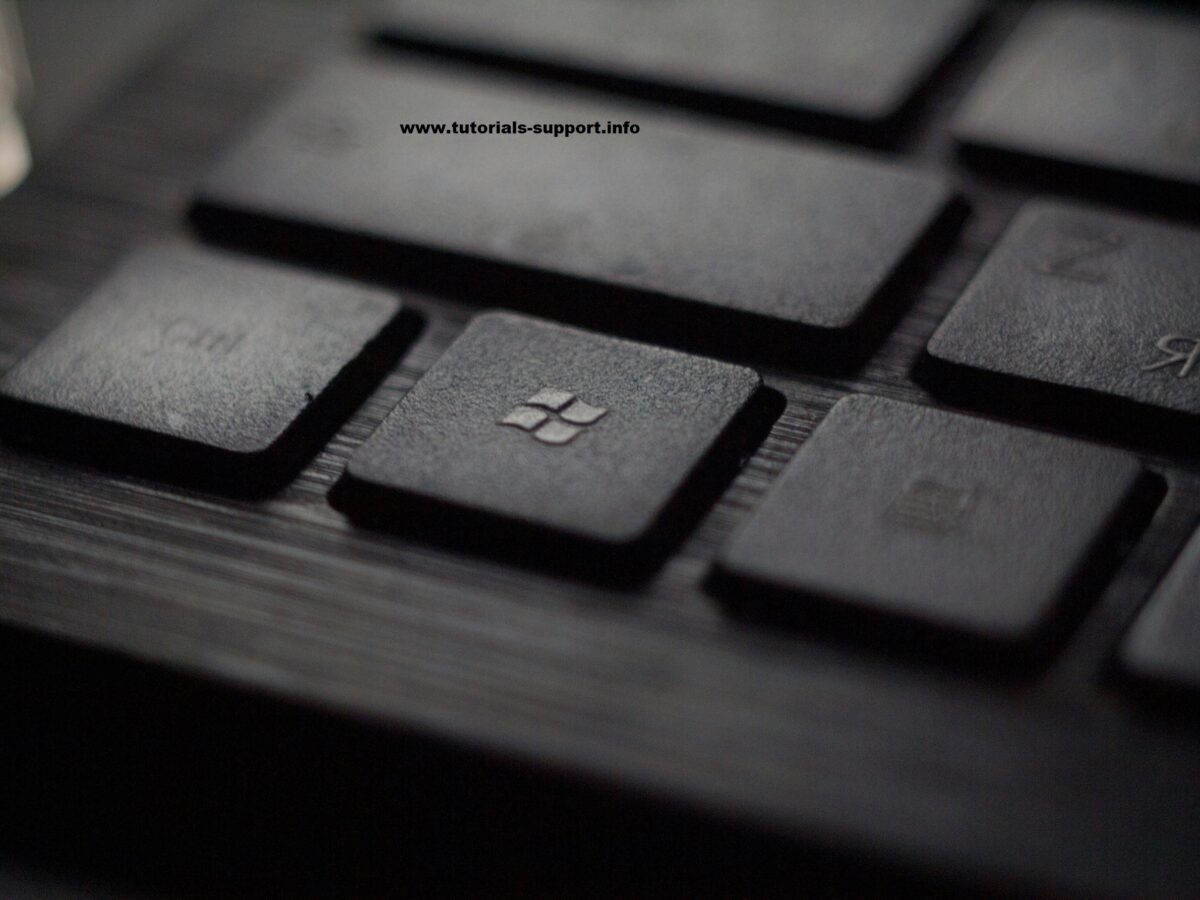Here are five key pointers on configuring BitLocker on Windows to protect your data:
1. Verify Your Device Uses BitLocker
Check that BitLocker—available in Windows Pro, Enterprise, and Education editions—is supported by your Windows edition.
For improved security, see whether your system features a Trusted Platform Module (TPM; you may also utilize BitLocker without TPM by turning on Group Policy).
2. Support Your Data First
Before allowing BitLocker, always backup critical files to prevent data loss in need of an error during encryption.
A dependable backup comes from an external disk or cloud storage.
3. Stow the Recovery Key Safely
Windows creates a recovery key during setup; this is absolutely important should you forget your password.
Safely save the recovery key:
Within your Microsoft account for simple access.
On external storage or a USB disk.
Print a hard copy and keep it somewhere secure.
4. Select the suitable mode of encryption.
Use XTS-AES for improved data tampering prevention with new PC (UEFI and TPM enabled).
Older PC or External Drive: For increased device compatibility, use Compatible Mode.
Turn on BitLocker for every drive.
For total protection, encrypt external disks as well as your system drive (C:).
Secure USB drives and portable storage tools with BitLocker To Go.
